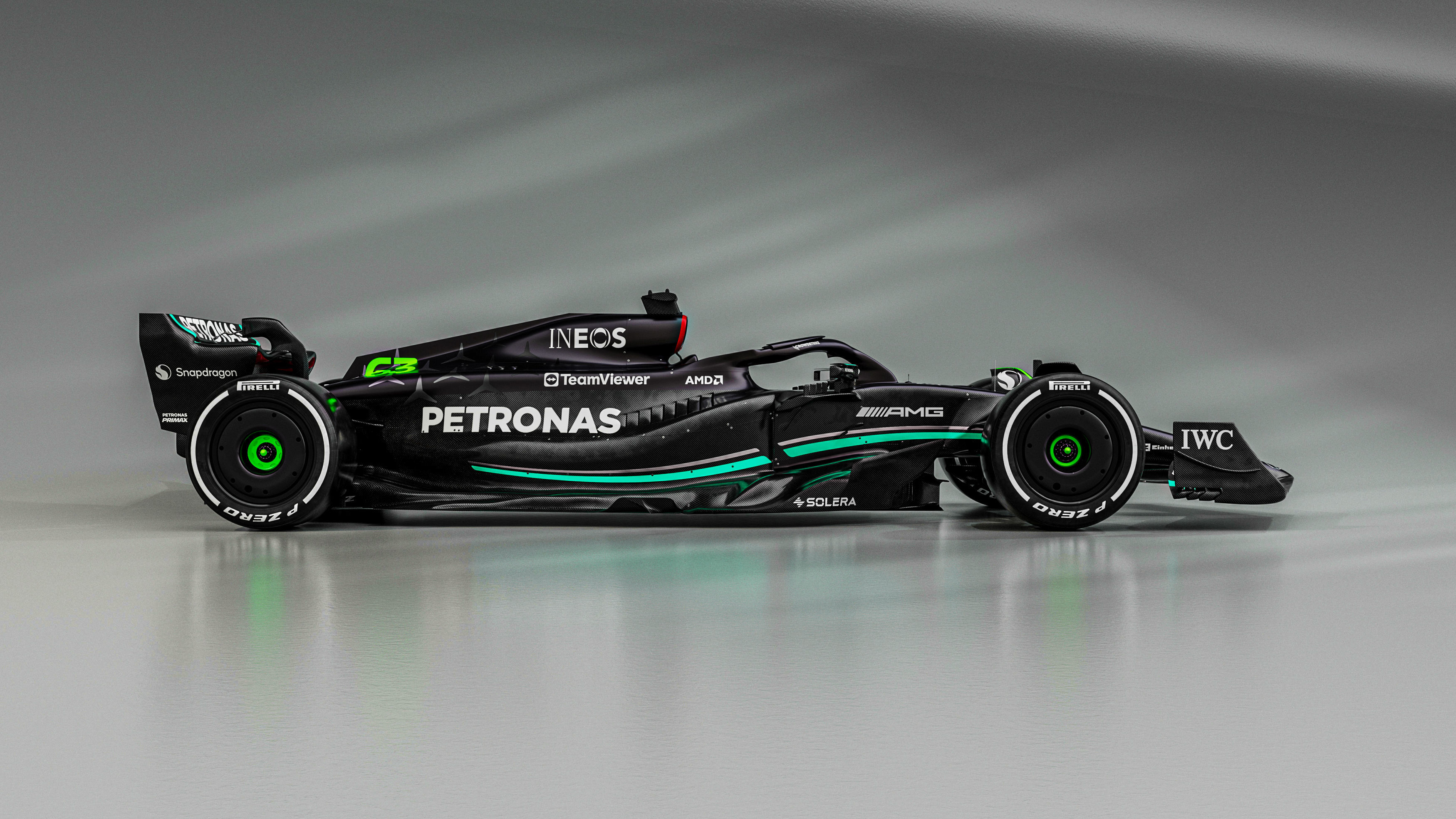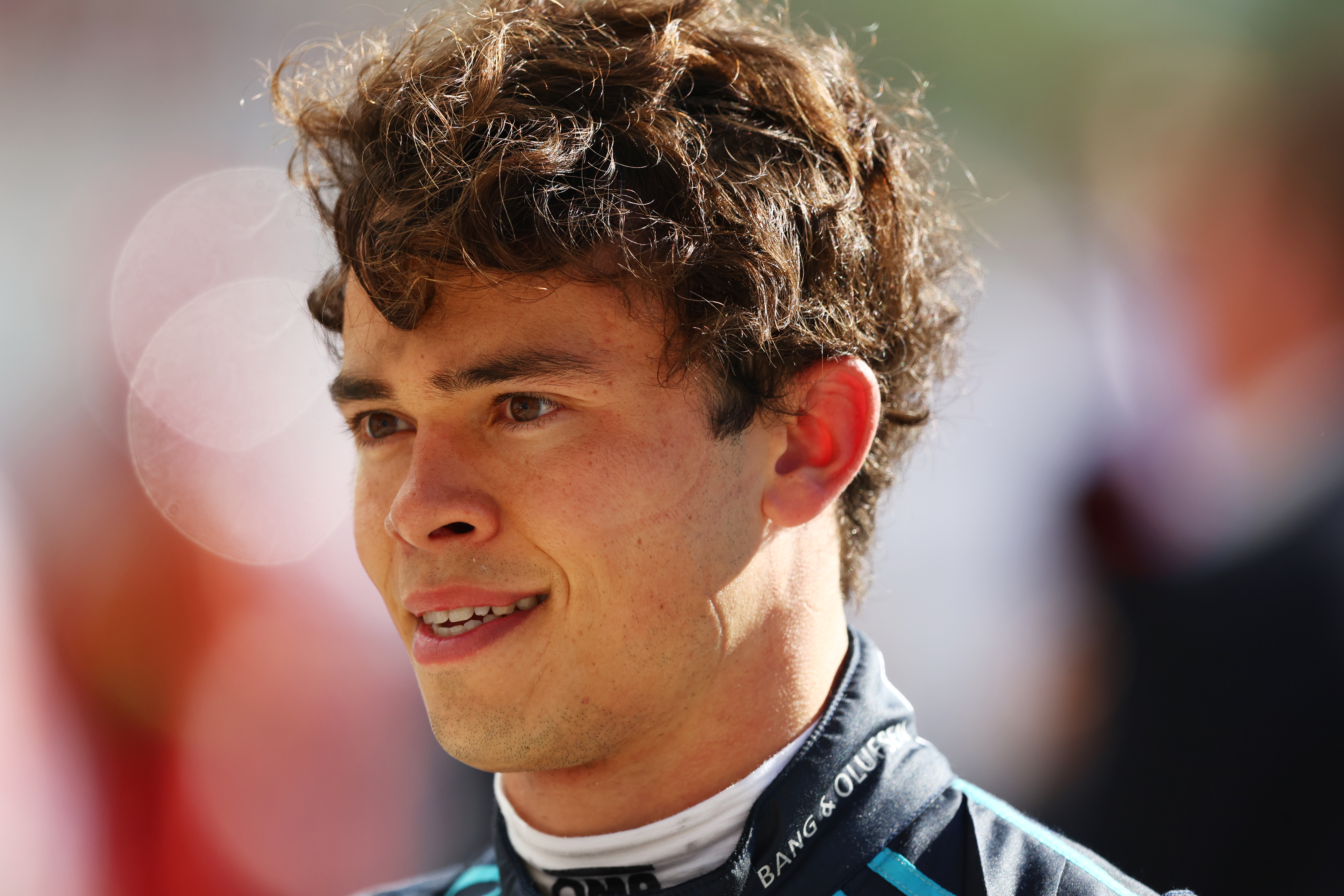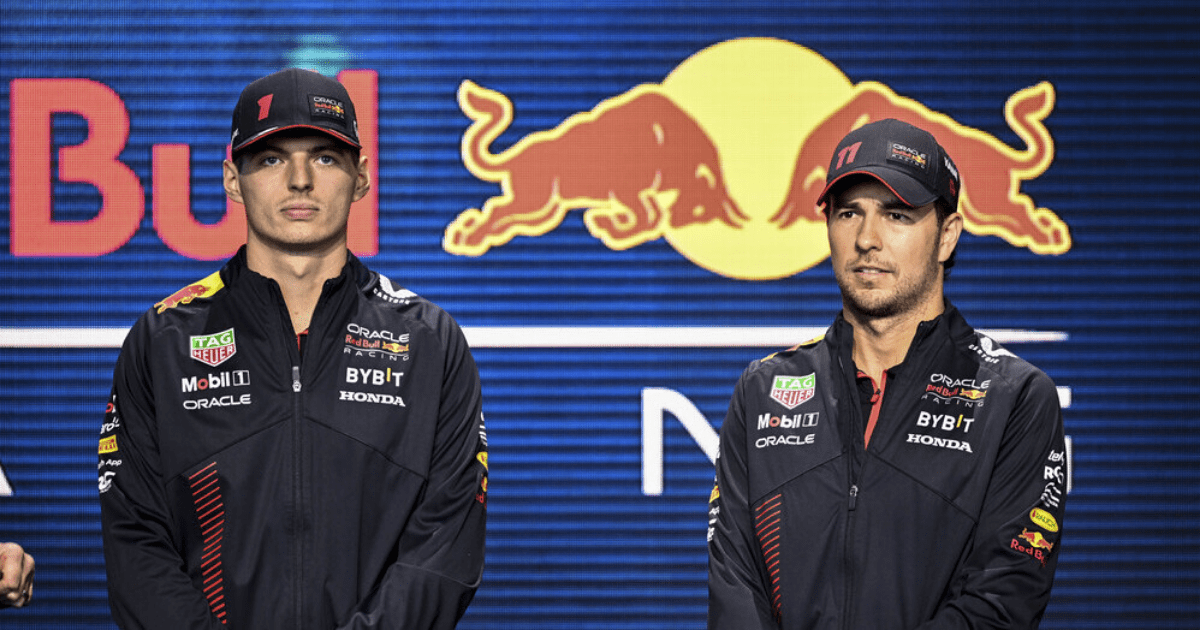THE Formula One season gets the green light tomorrow as testing starts in Bahrain.
Teams are limited to just three days of running around the 5.412 kilometre Bahrain International Circuit, which is home to the Bahrain Grand Prix.
Sergio Perez (right) will be hoping to challenge his teammate and world champion Max Verstappen this season
Lewis Hamilton is targeting a record-breaking eighth world championship
Here SunSPORT takes a look at the main talking points as we get to see this year’s challengers hit the track.
Why does F1 have testing?
F1 teams have been spending months and many millions developing and building this year’s cars.
However, they are not run on track at full speed until the designated three days of winter testing.
Teams do have an allocation of shakedown and a filming days but these are limited to 100 kilometres and the tyres are usually demonstration models.
Therefore, it is only when they reach the official test can they run their cars at full capacity.
It will allow them to test for reliability and performance and gives teams access to vital data, such as fluid temperatures in the engine or even airflow over the bodywork.
F1 cars are covered in around 300 sensors and monitored to see just how well they are performing or to spot any potential problems that need resolving.
The data can then be used to compare with what the teams had been expecting over their winter development.
They can see how close the correlation is between their projected figures from their wind tunnels to a real-life scenario.
Why is it in Bahrain?
Traditionally, F1 teams would test in Barcelona, however with the F1 calendar now taking in more races in warmer climates, the testing in Spain during February was not representative to conditions for the rest of the season.
The weather in Barcelona was often cold, there was even snow a few years ago, so Bahrain offers more stable, warm conditions so the teams are able to get in more running and tweak their cars’ performance.
The Bahrain circuit is also the host to the season-opening race, so logistically it makes sense as teams will bring their equipment for testing and then have it in place for the Bahrain Grand Prix on March 5 a week on Sunday.
Staff are likely to stay out too, saving on travel costs.
The other aspect is that this year’s F1 test has a sponsor, Saudi oil firm Aramco are the title-partner.
Why are most of the cars black?

Mercedes have reverted to the black livery they had in 2020 and 2021
It is all because of weight-saving.
Last year’s new rules, plus the hybrid engines have made F1 cars bigger and heavier.
There is a minimum weight requirement of 798 kilograms however, the majority of teams run way over that figure.
This season it is about honing last year’s designs and shaving weight wherever possible because a lighter car increases performance and efficiency.
It is estimated that teams can save around six kilograms in paint by keeping a car unpainted and, given that carbon fibre, which is used for the majority of the car parts is black in colour, teams have simply opted not to paint them.
Who are the new drivers?

Much is expected of Alpha Tauri’s Nyck De Vries after his outstanding super-sub performance at Monza last year
There are some new faces – and the return of an old one.
Oscar Piastri will make his F1 debut after joining McLaren after a long legal tussle with his former team, Alpine.
The Australian had a successful junior career and is highly-rated. He’s also managed by former F1 driver, Mark Webber.
He replaces Daniel Ricciardo, who is now a reserve driver at Red Bull.
Logan Sargeant has joined Williams as a replacement for Nicholas Latifi. The American is making his debut too.
Nico Hulkenberg is returning to F1 and driving for the Haas team. He replaces Mick Schumacher, who is now a reserve driver at Mercedes.
Nyck de Vries, who filled in at Williams when Alex Albon was ill last year at Monza, has been given a shot with Alpha Tauri.
Will we find out who is the quickest?
Not necessarily, no.
The lap times are rarely an indication as to who will be quickest when the season starts.
What testing is good for is showing who is reliable, which in fairness should be all of the 10 teams given this year’s rules are stable.
Therefore, despite however many hundreds of laps the drivers put in this week, we will not know who is quickest until Saturday March 4 and qualifying for the Bahrain GP.
This week, expect to see the glory runs for midfield teams looking to impress potential sponsors.
Similarly, the big teams could be sandbagging in the sense of not revealing their true car’s potential until it matters.

